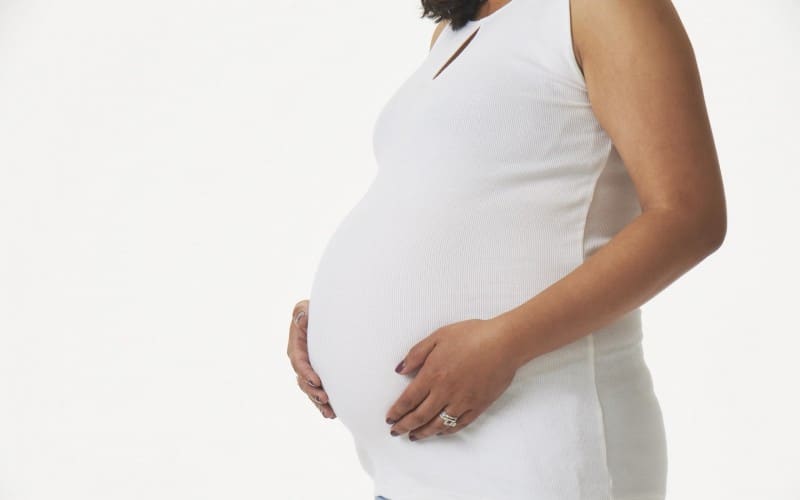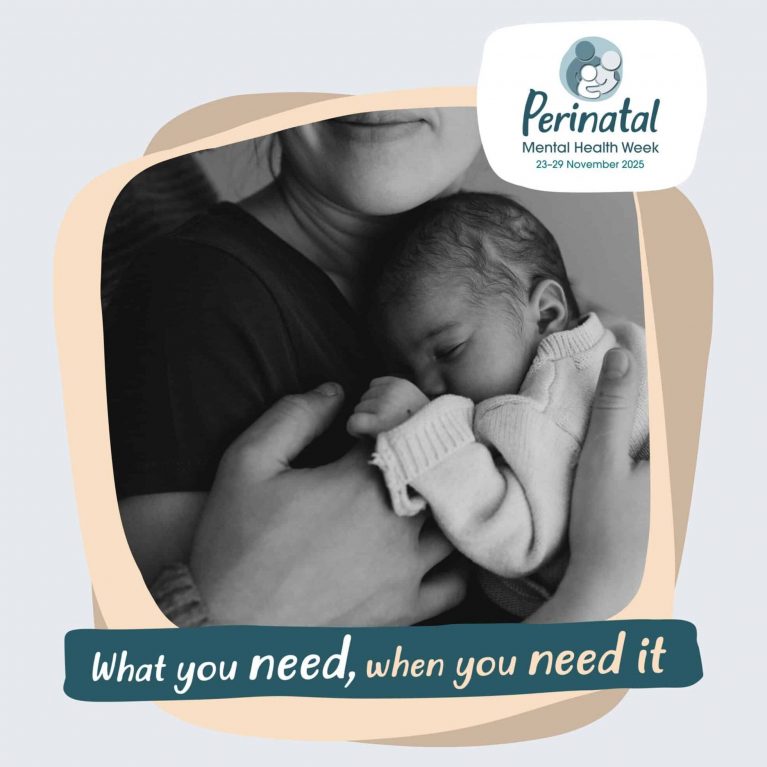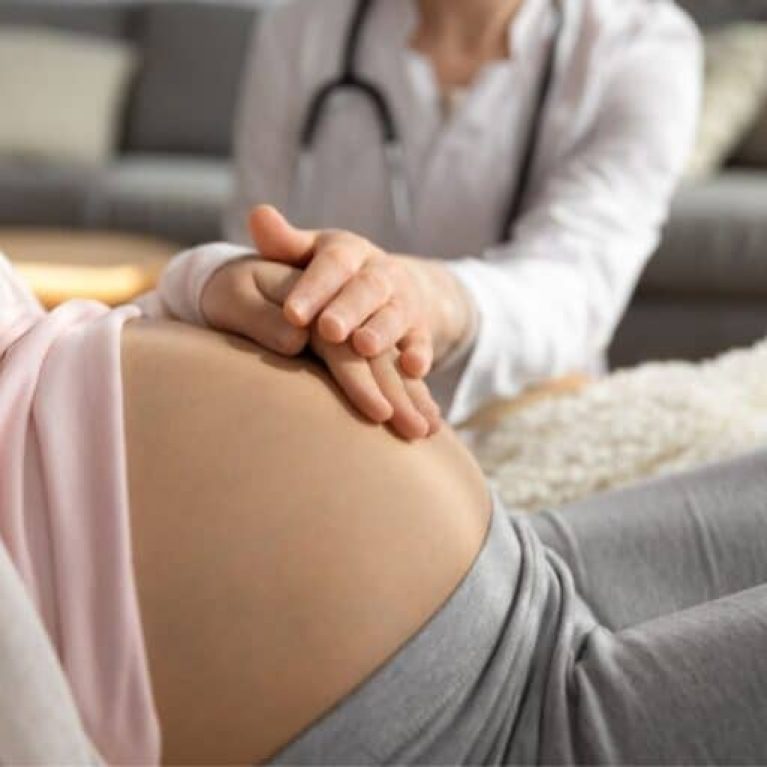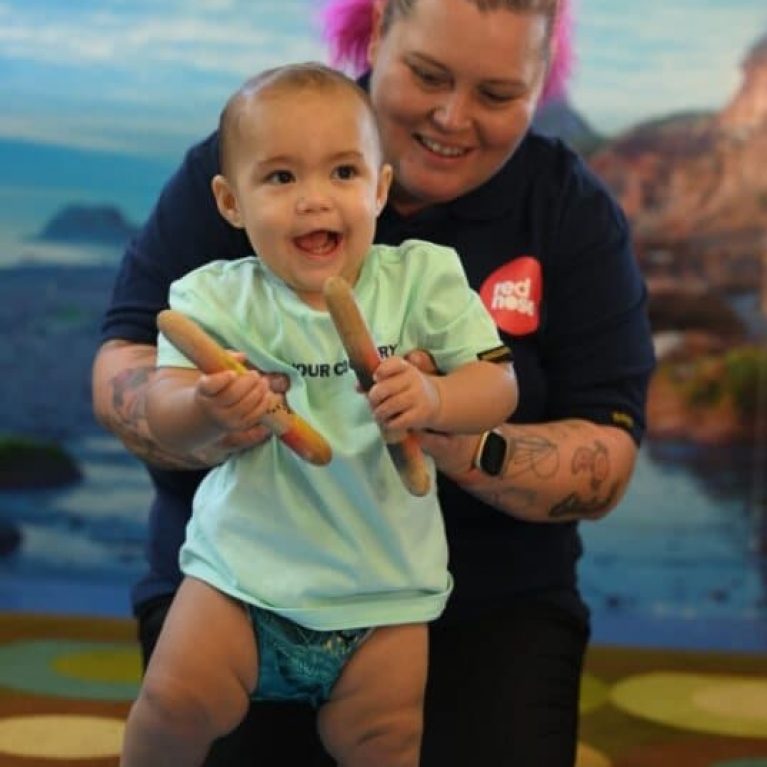Red Nose is supporting an international public health campaign launched today to spread the message to pregnant women that going to sleep on their side in the third trimester reduces the risk of stillbirth.
The launch of the ‘Sleep on Side’ campaign, led by UK charity Tommy’s, coincides with the publication in the British Journal of Obstetrics and Gynaecologists of the fourth research study to find a link between stillbirth and maternal sleep position.
The Midlands and North of England Stillbirth Study looked into 291 pregnancies that ended in stillbirth and 735 women who had a live birth and found women who go to sleep in the supine (lying on the back) position in the third trimester have a 2.3-fold increased risk of late stillbirth (the death of a baby in the womb after 28 weeks of pregnancy) compared with women who go to sleep on their side. That’s a greater increased risk of late stillbirth than the risk caused by smoking (a 1.9-fold increased risk).
Dr Adrienne Gordon, Deputy Chair of Red Nose’s National Scientific Advisory Group, said: “The impact of stillbirth on parents, families and their care providers is devastating. This study confirms findings from three earlier studies in New Zealand and Australia and indicates that many stillbirths could be avoided if all women slept on their sides after 28 weeks.”
In Australia, more than 2,000 babies are stillborn every year. Late stillbirths occur at a rate of one in 340 pregnancies.
The key messages of the ‘Sleep on Side’ campaign, which includes a short video (see below), are:
– Going to sleep on your side in the third trimester more than halves your risk of stillbirth.
– This recommendation includes:
- going to sleep at night
- returning to sleep after any night wakenings
- day time naps
As the going-to-sleep position is the one held longest during the night, women should not be anxious if they wake up on their back, but should roll back onto their side.
Locally, the campaign is being led by the Centre of Research Excellence in Stillbirth and Still Aware and supported by Red Nose, Stillbirth Foundation Australia, and the Australian College of Midwives.
Going-to-sleep position is being further investigated by a team of researchers led by the University of Auckland’s Professor Lesley McCowan and supported by a two-year grant co-funded by Red Nose and New Zealand charity Cure Kids. Areas that need to be investigated include whether right-sided going to sleep position is a risk factor and whether there are groups of women (for example, those who smoke, carry excess weight or have babies who are small) who are at elevated risk.
Did you find this helpful?
Good job! Please give your positive feedback
How could we improve this post? Please Help us.




